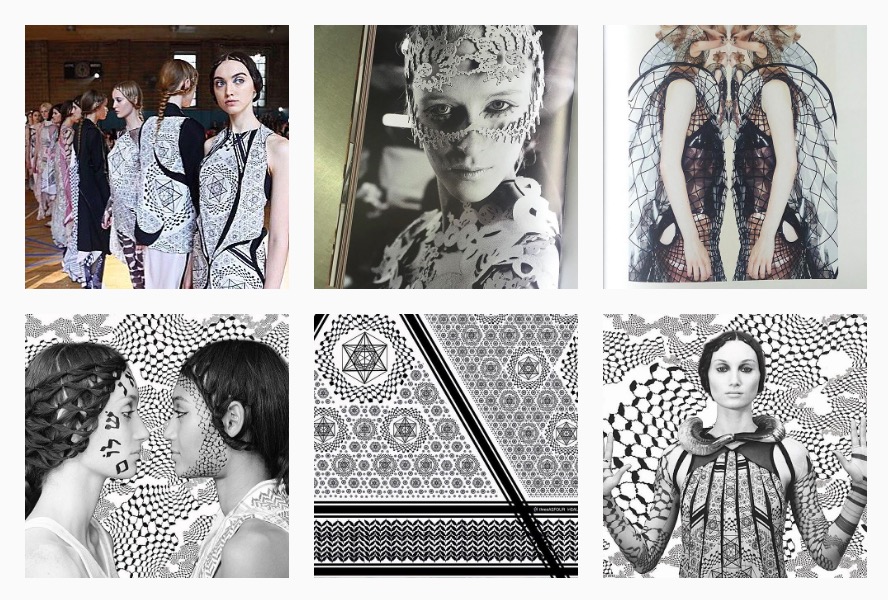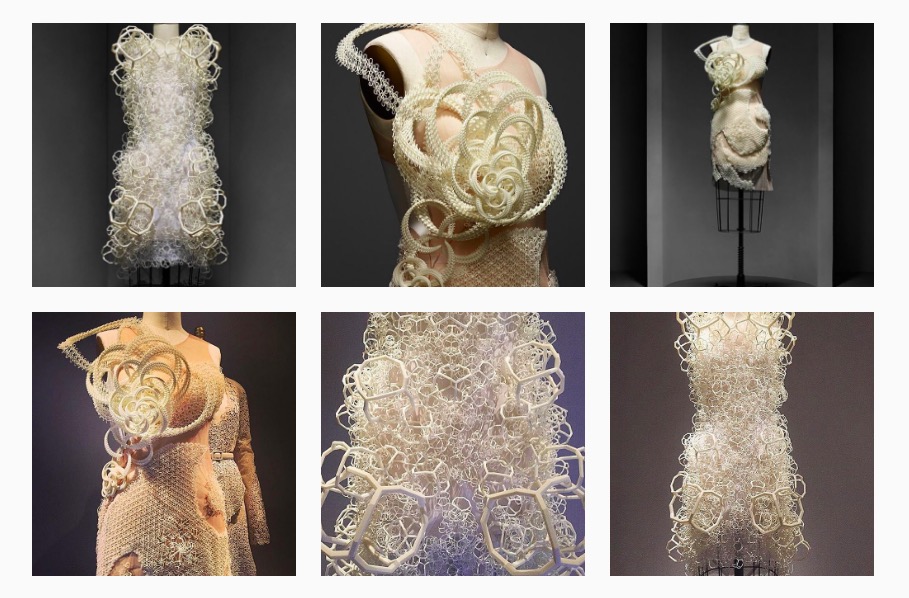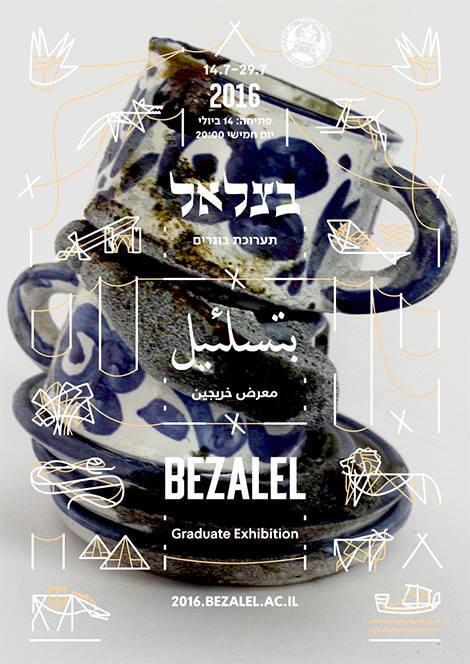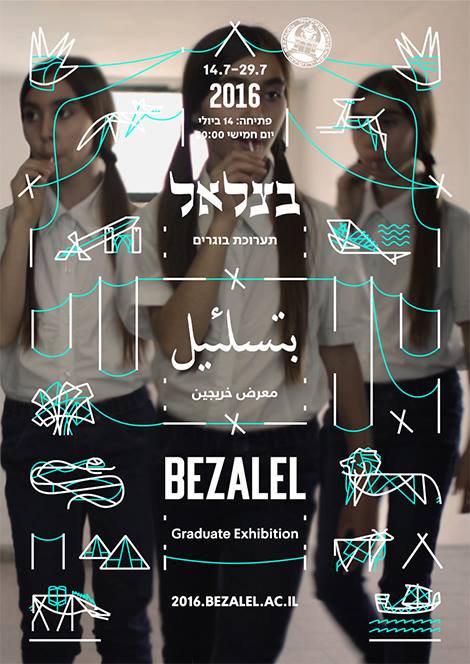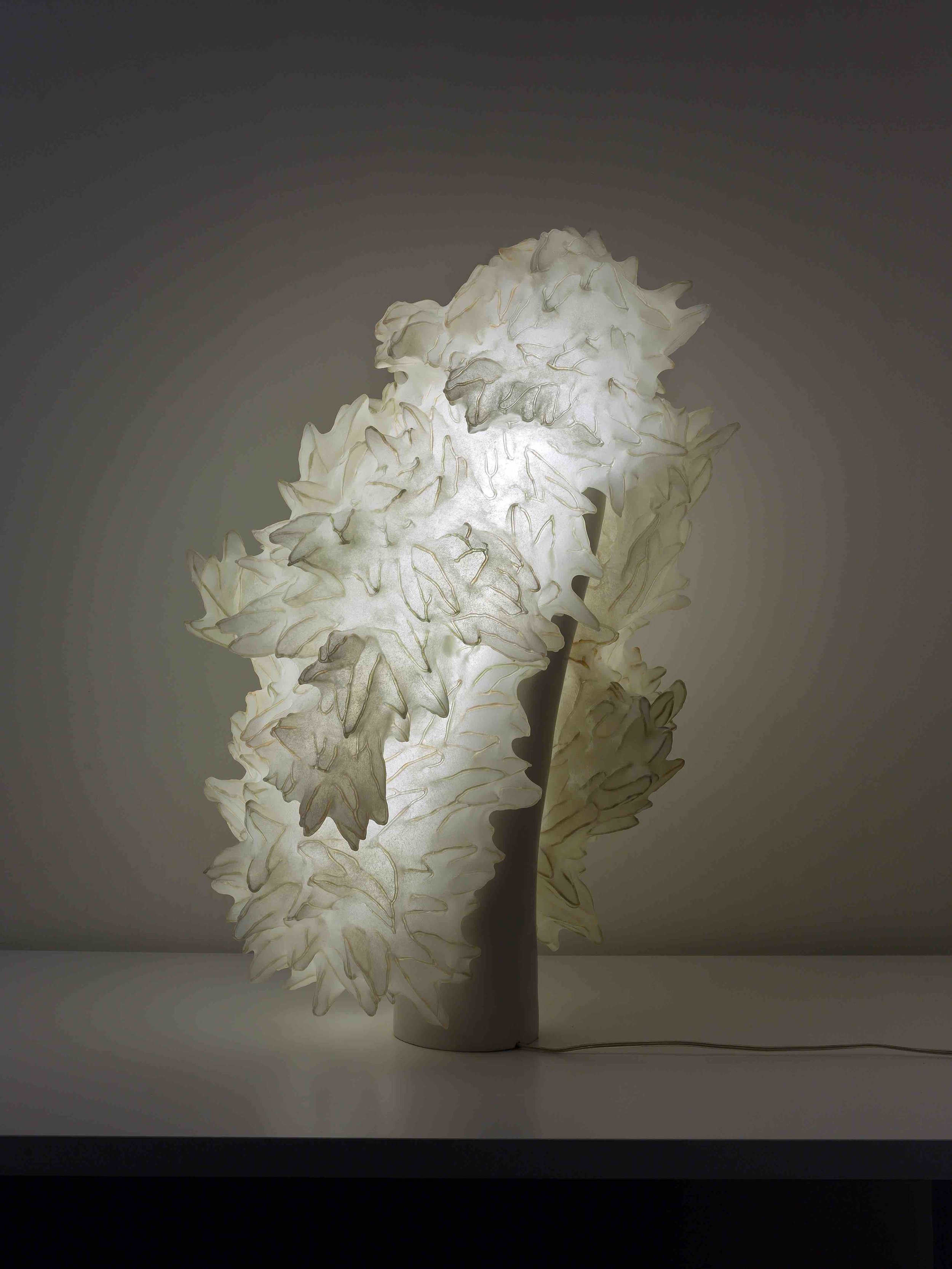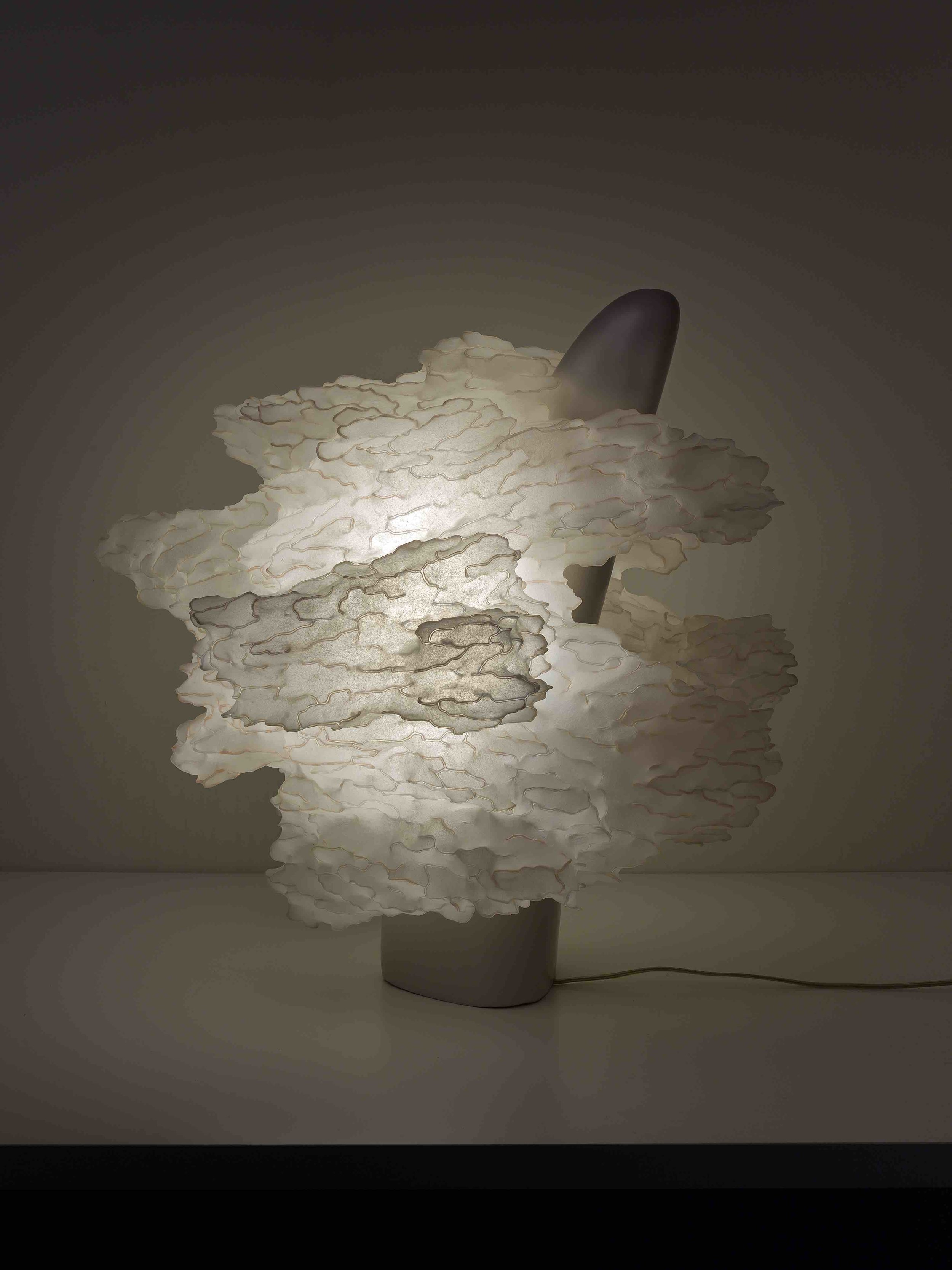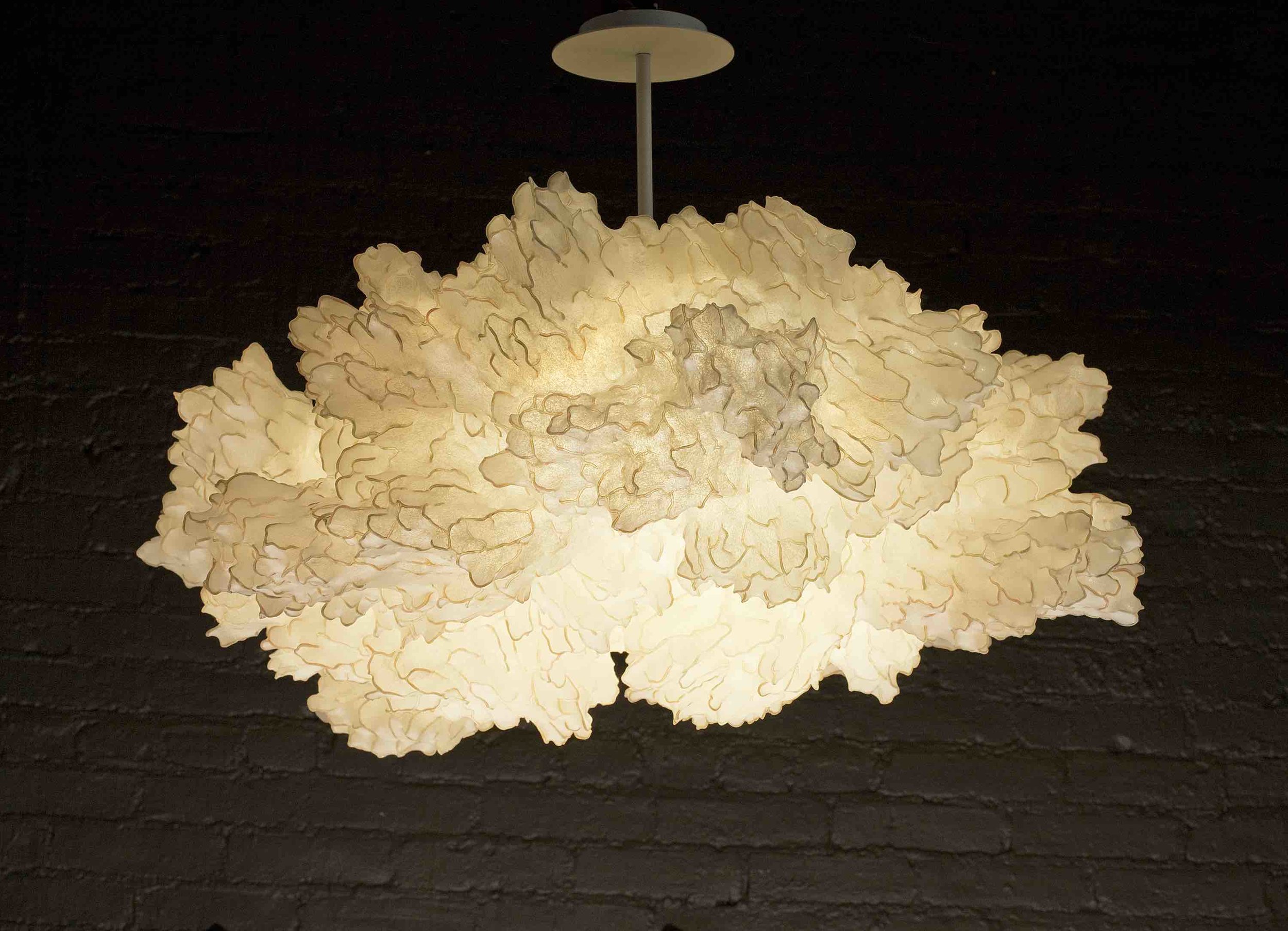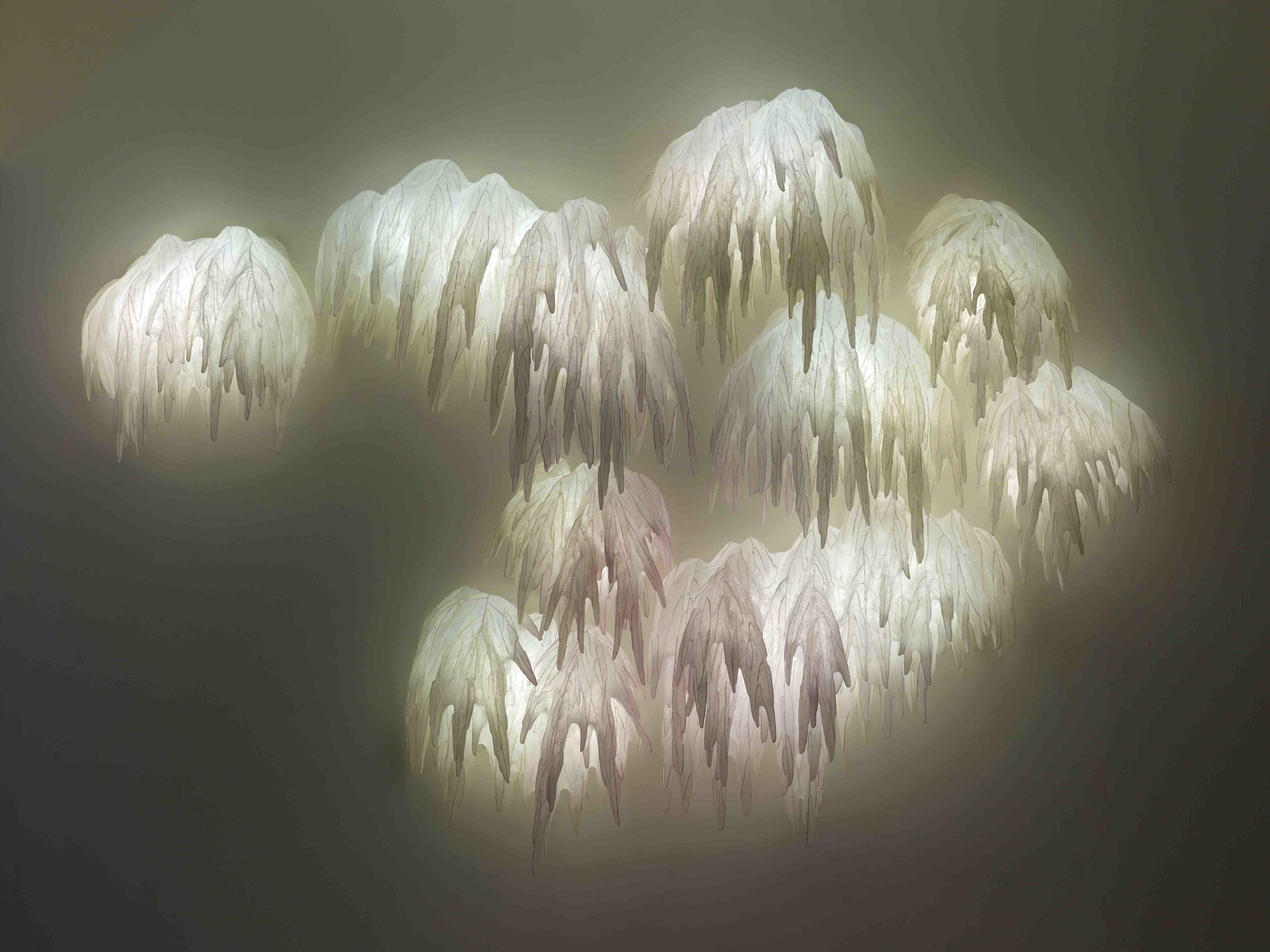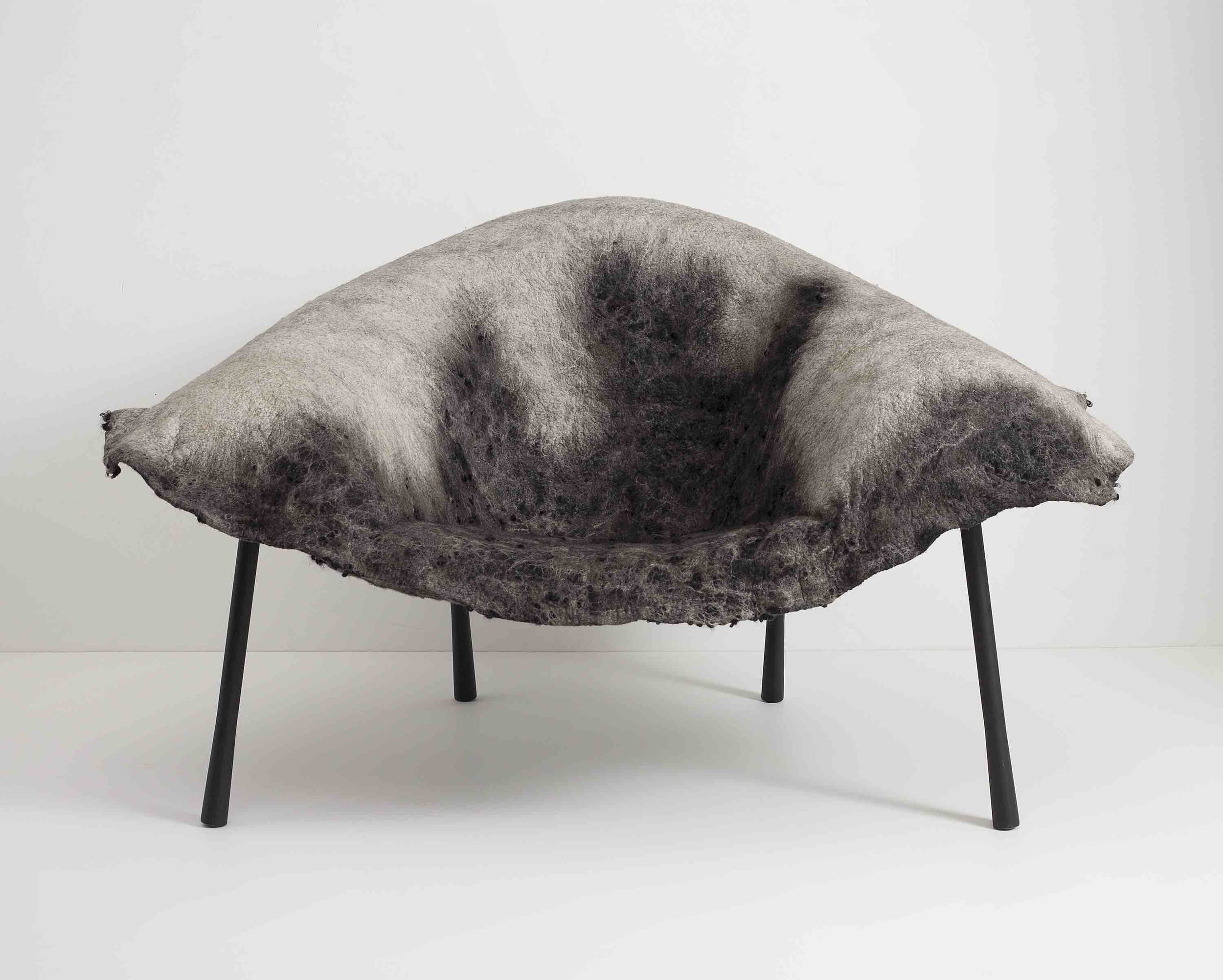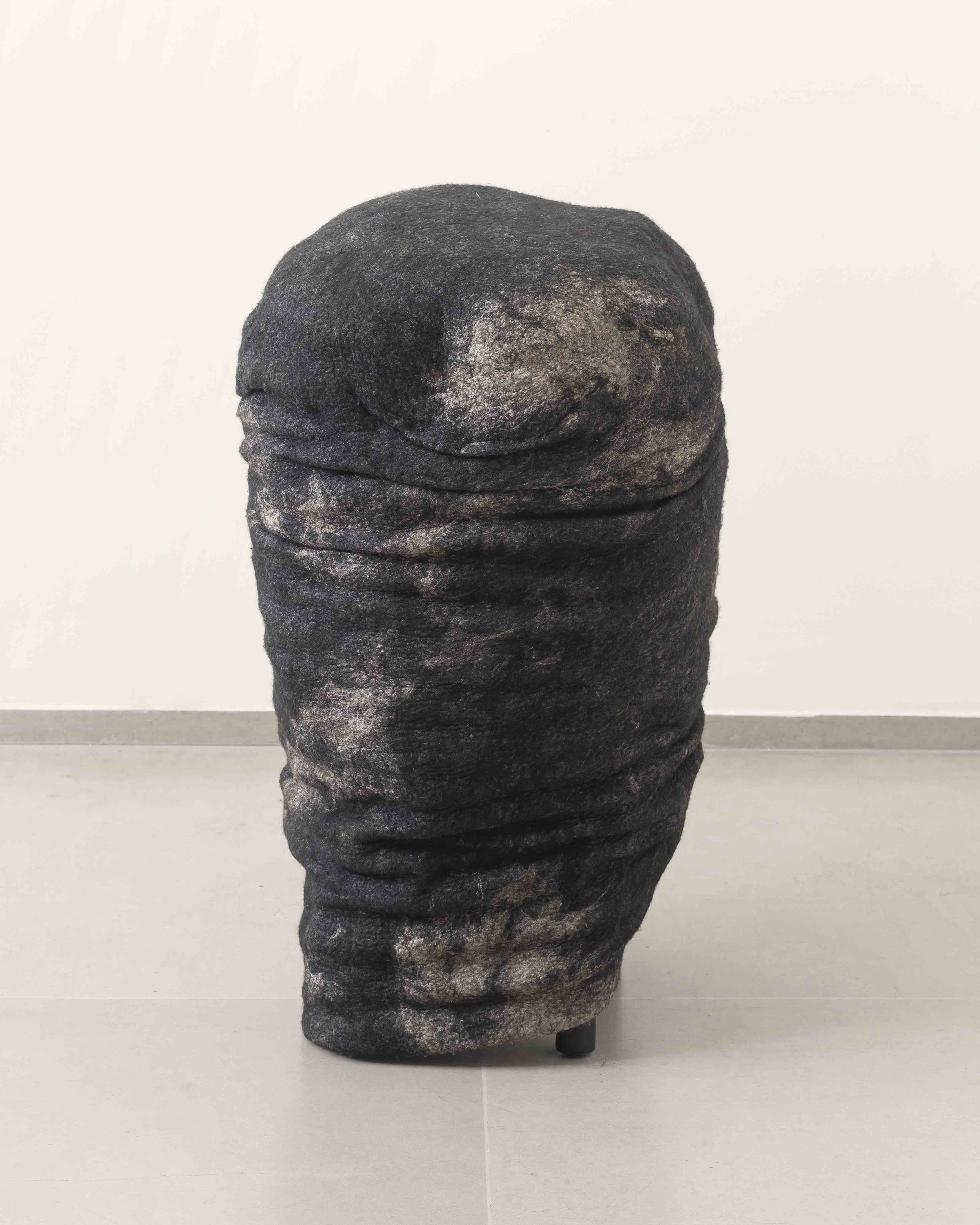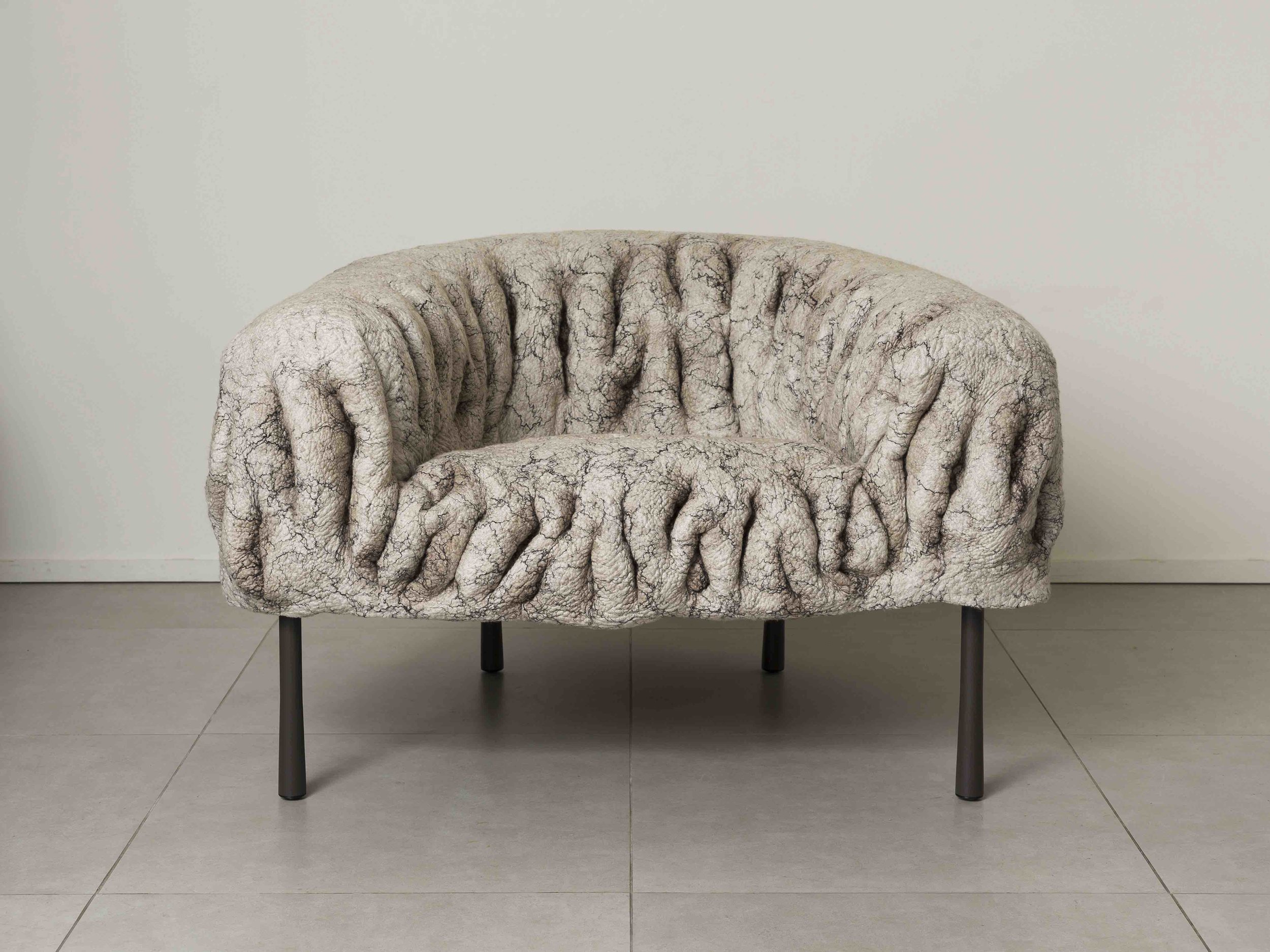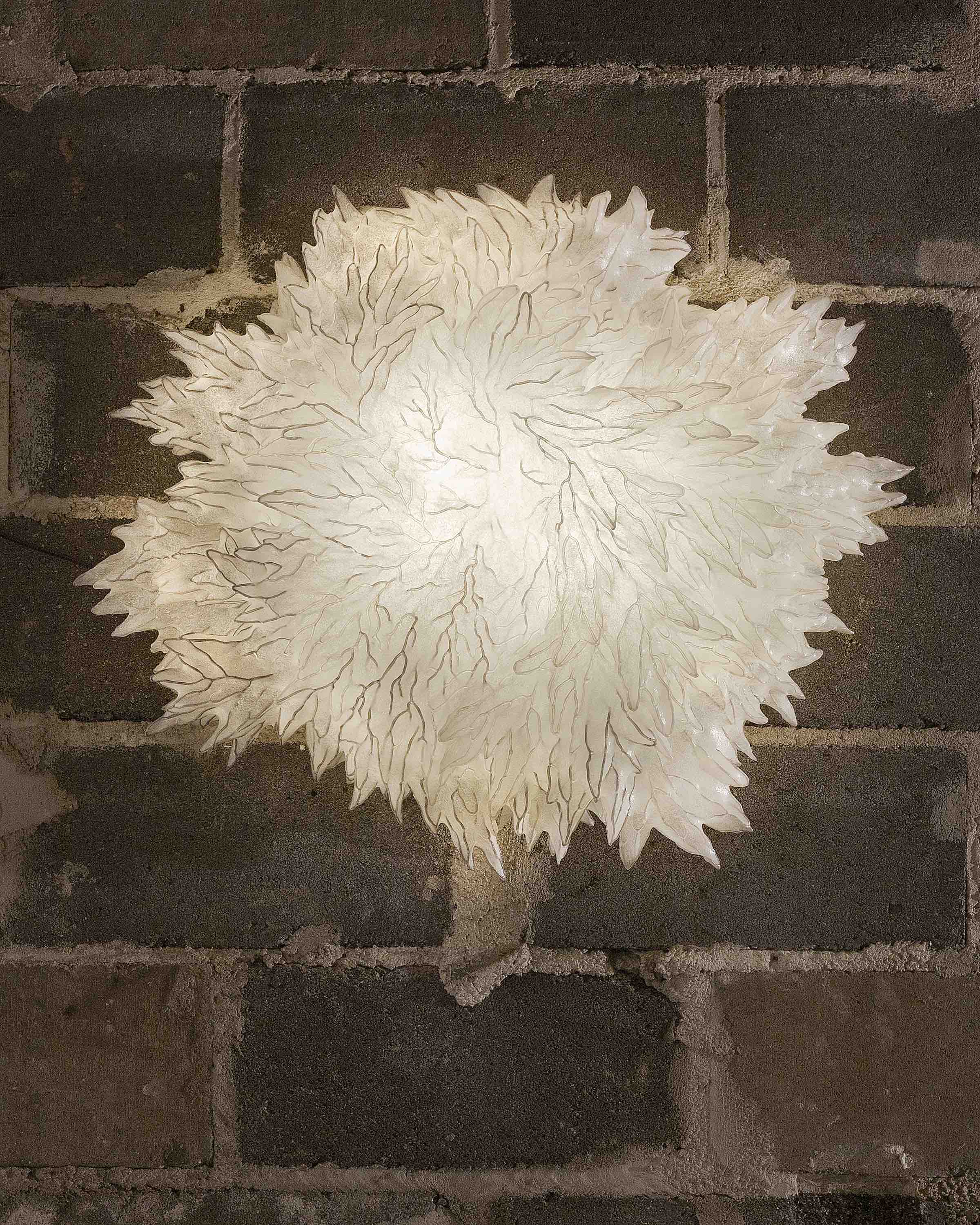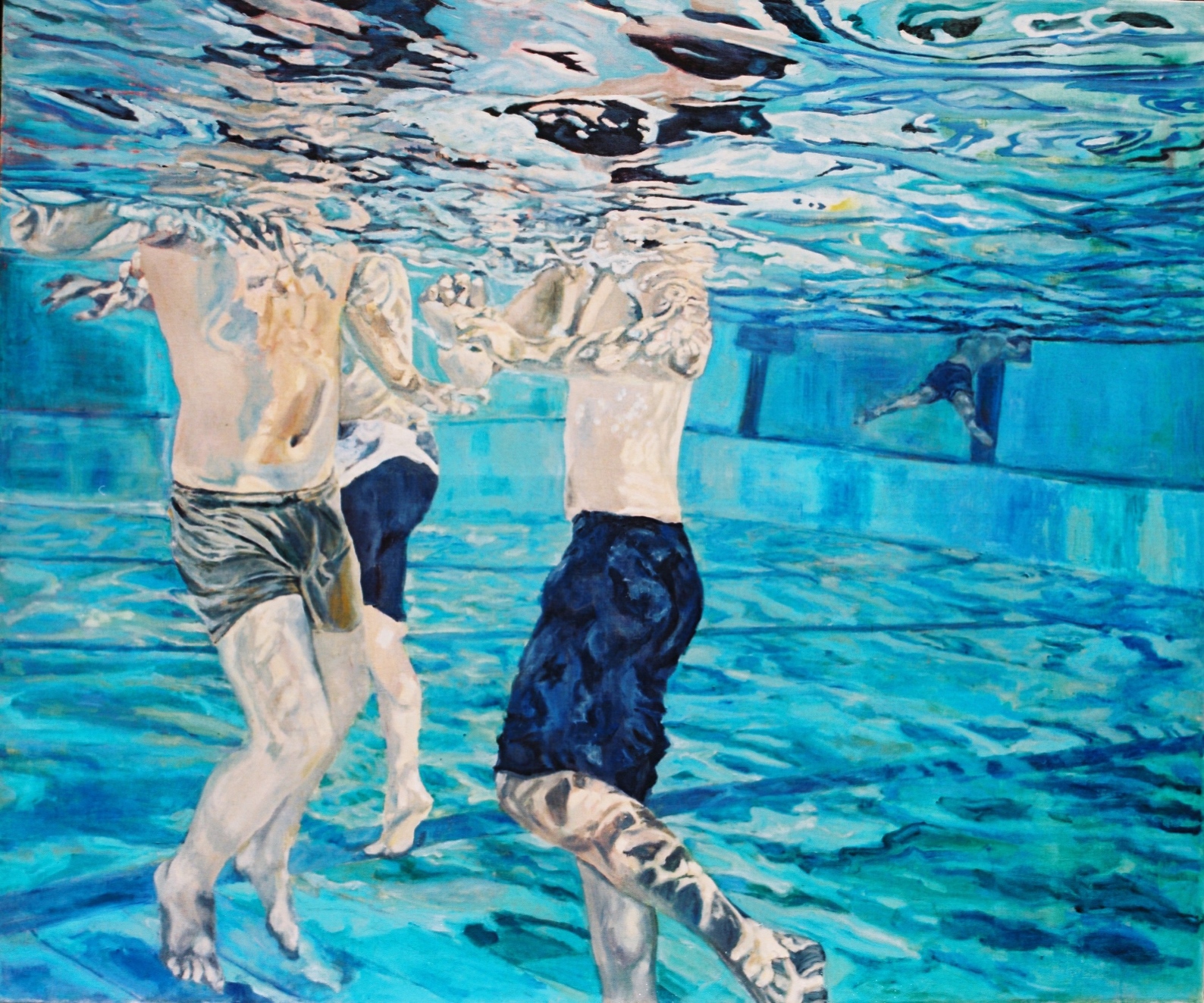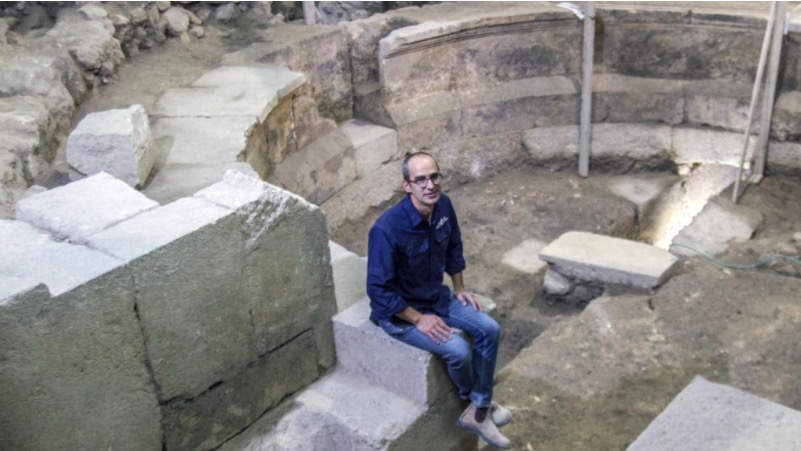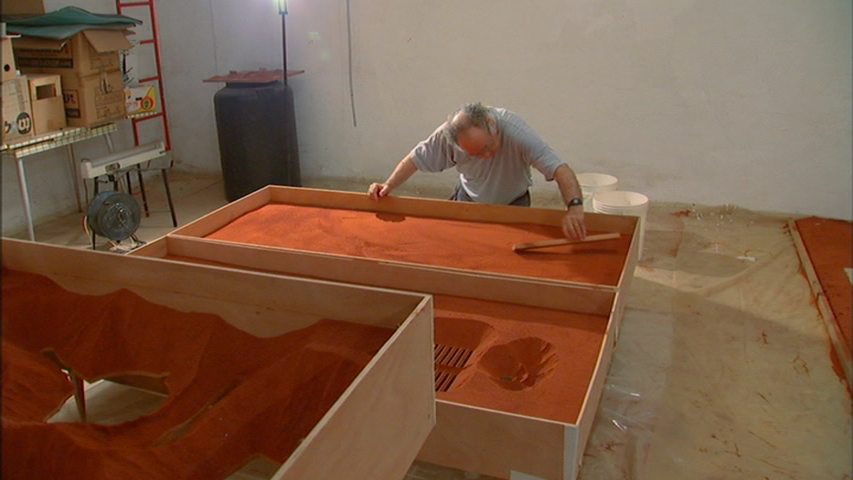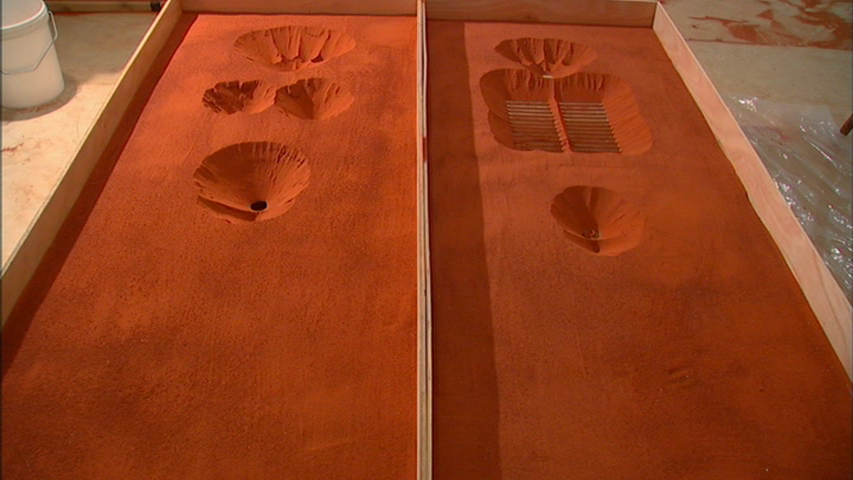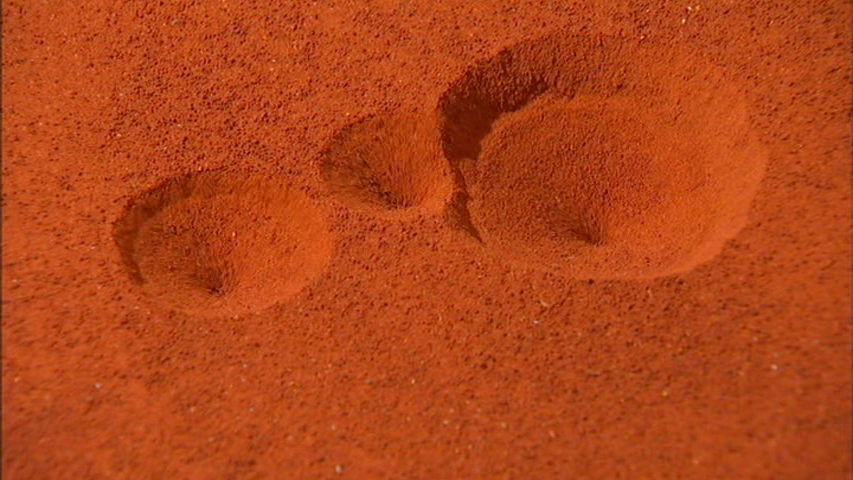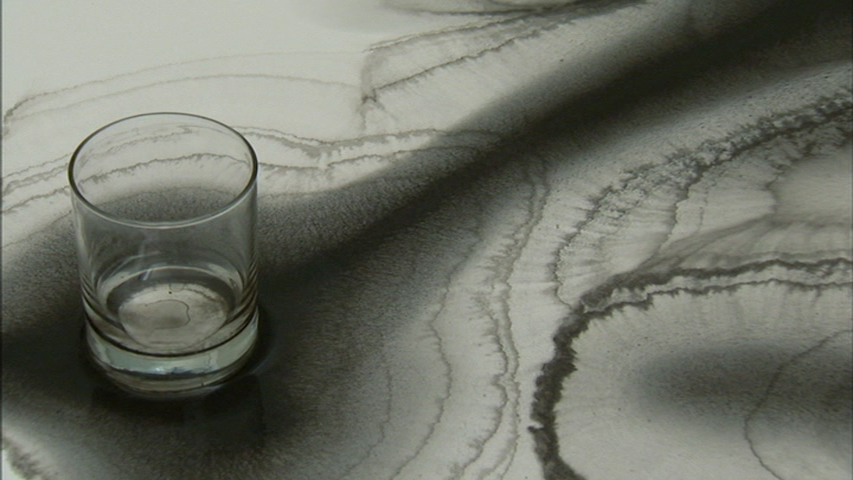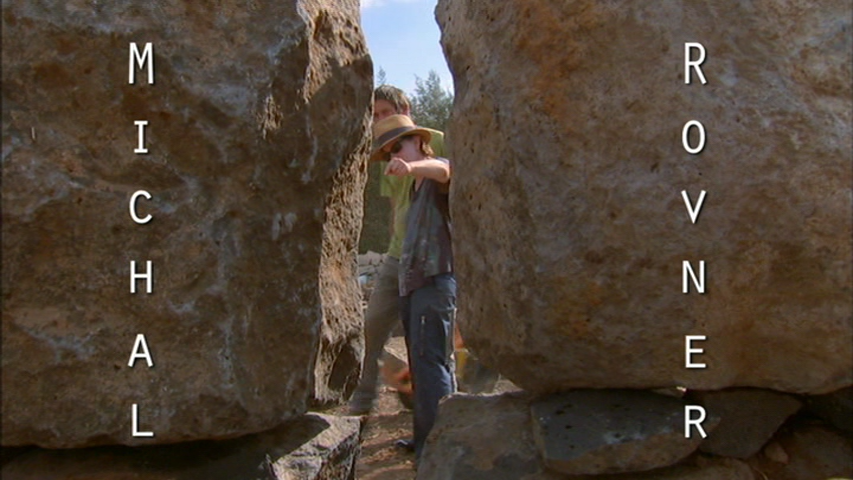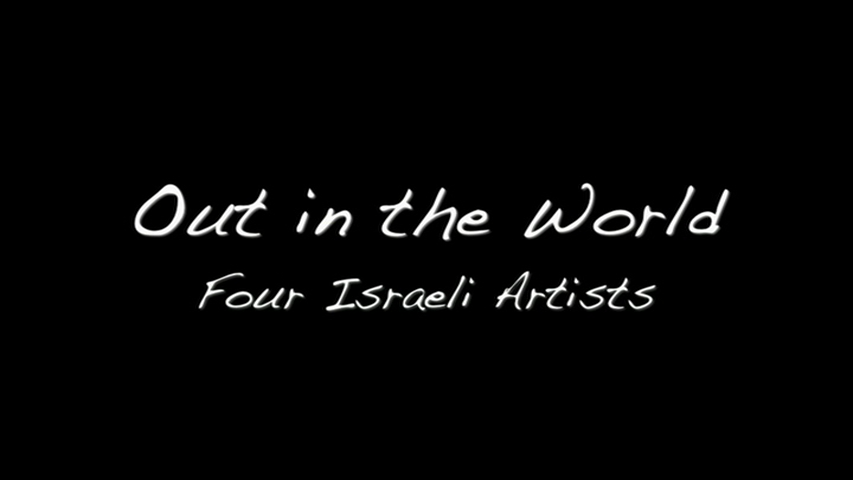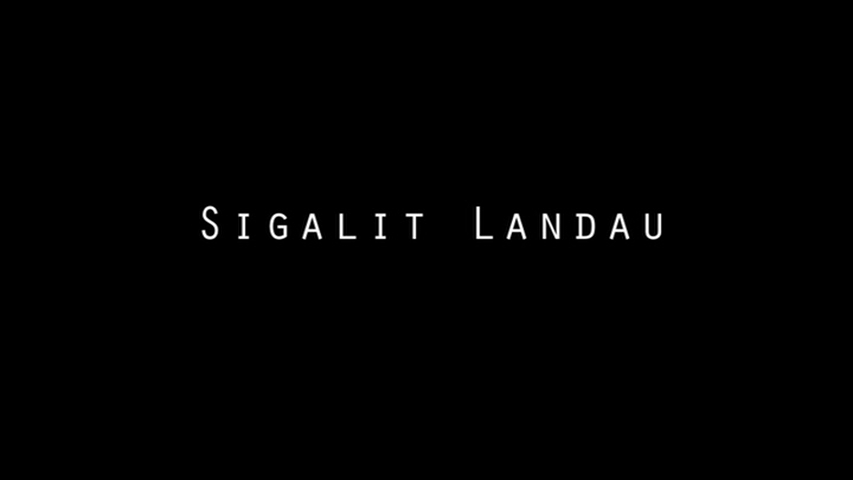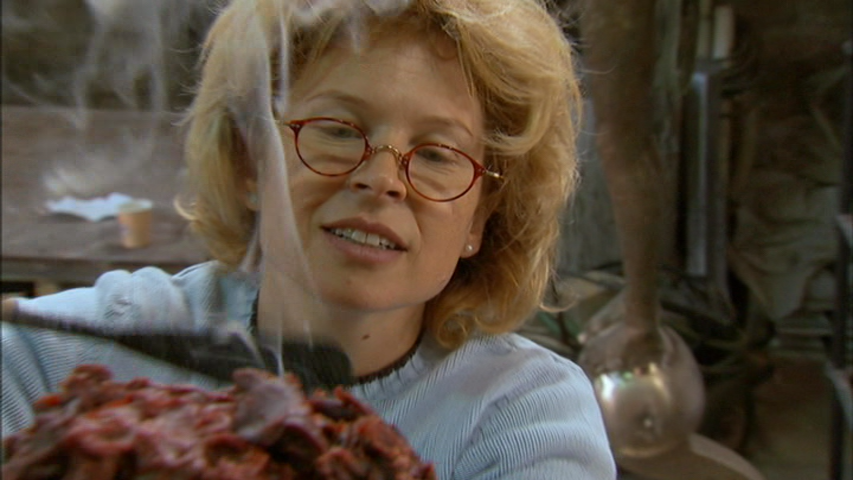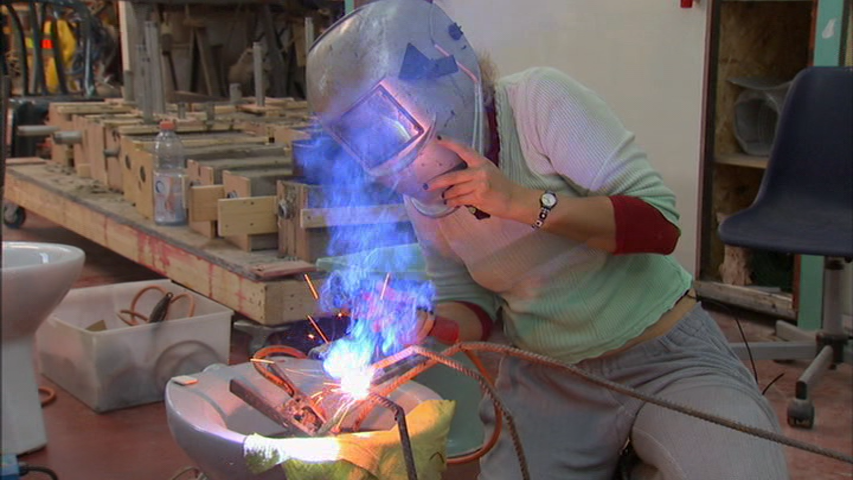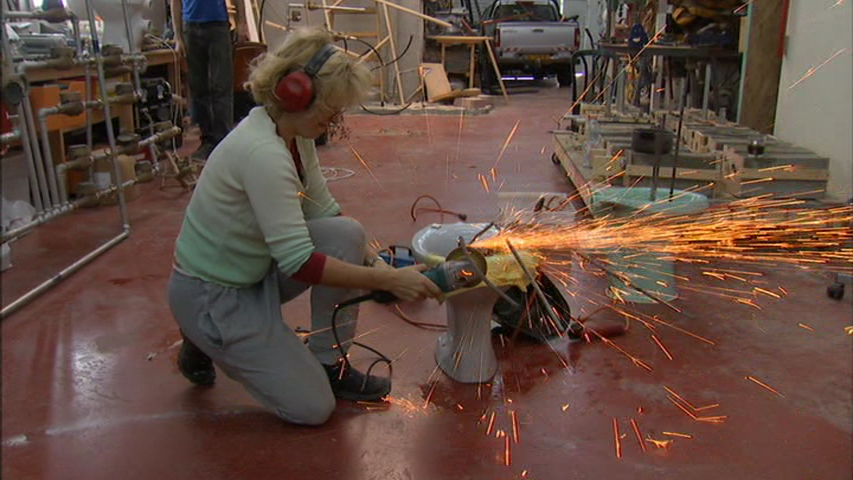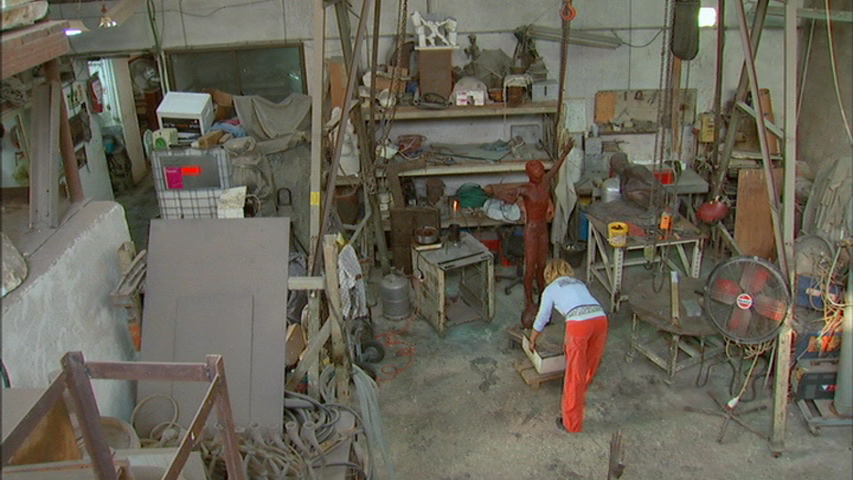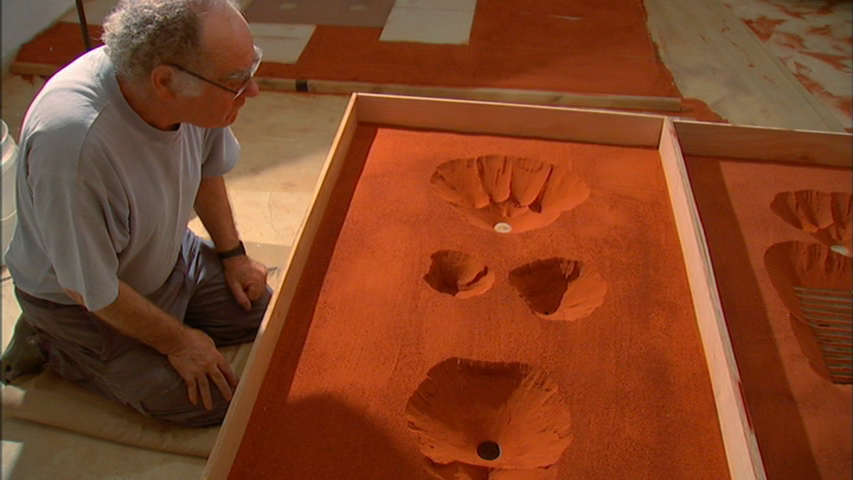Helena Blaunstein of Frau Blau helps a fashionable client. Photo by and © Vision Studio
Like other vibrant cities, Tel Aviv is in a constant state of change, but as of this writing, perhaps the single coolest fashion district is Gan HaChashmal (the “Electric Garden,” so named because it was the first neighborhood in Israel to have its own power plant, back in the 1920s). In the early 2000s, intriguing independent design studios began to dot streets primarily devoted to hardware stores and dusty warehouses: Kisim, Idit Barak’s Delicatessen, Frau Blau, and more. Together they formed a consortium that came to be called Collective Gan Hahashmal: while retaining their independence, they support one another in marketing and business survival—a very Israeli model of cooperation.
“Creative, interesting people live and work here.”
Today some of the shops have changed location, and the Gan HaHashmal scene is still transforming, with new bars and restaurants and dance clubs taking up more of the once-languishing real estate. Designer Maya Bash was one of the neighborhood’s pioneers—and her shop on Barzilay Street is still going strong. “You now have a cool customized-bicycle place, coffee bars, great hamburgers, great music,” says Bash. “Creative, interesting people live and work here."
Frau Brau Instagram







